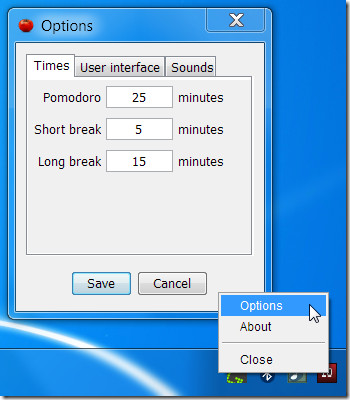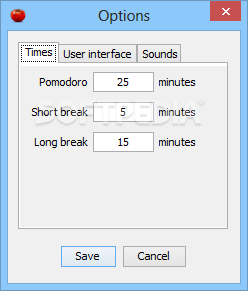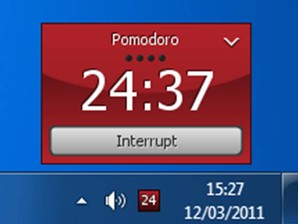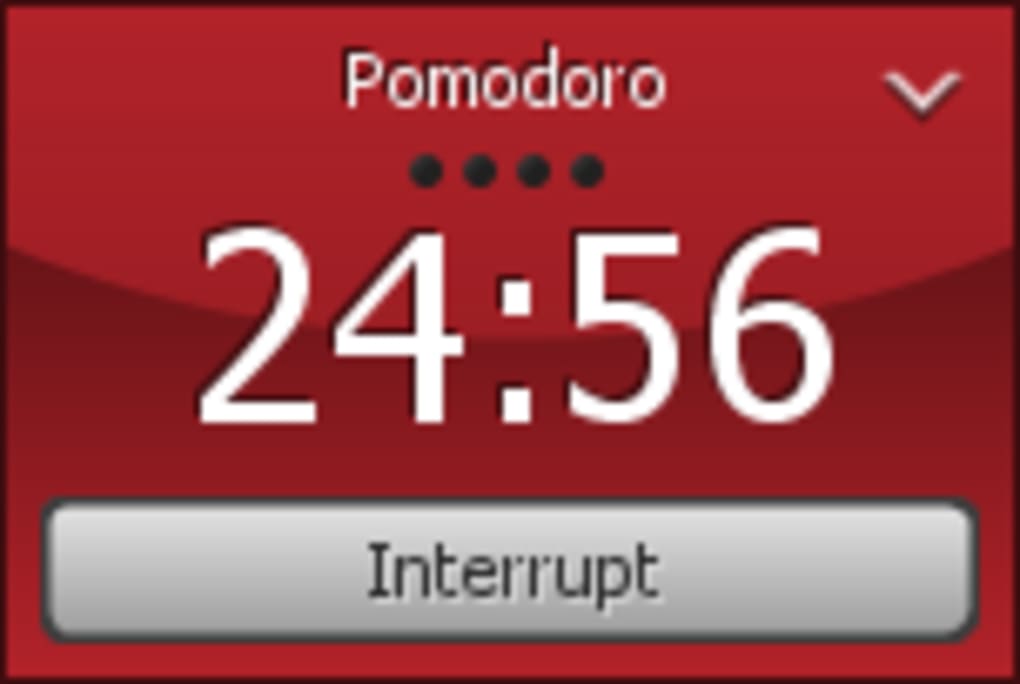
“I’m very proud that thanks to money raised by National Lottery players, we’re collaborating again with Barrow communities on the ‘Barrow’s Heritage – Micro to Mighty’ programme to continue to make this area’s rich heritage accessible." “The previous heritage grant scheme in 2017 supported some excellent projects and this latest National Lottery Heritage Fund backing means that work can continue."Įilish McGuinness, Chief Executive of The National Lottery Heritage Fund said, “Heritage is for everyone it is the core of our places and our people, protecting and passing on the things we value to future generations - it has the power to support communities and to change lives. Our cultural and heritage assets are key to the Council Plan ambitions to ensure Westmorland and Furness is a great place to live, work and thrive. "Our arts, culture and heritage are central in shaping our sense of place, in contributing to economic growth and supporting wellbeing. These assets are important reminders of the past and provide character, image and identity and the Local List will log examples identified by the community.ĭavid Haughian, Westmorland and Furness Council’s Assistant Director for Community Infrastructure, said: “This is an exciting programme that will really help communities to connect with and understand Barrow’s rich heritage.

Any building, structure or space of virtually any age has the potential to be a heritage asset, either valued now or by future generations because of its interest and contribution to Barrow’s history. The creation of a Local List will ensure that the ‘unsung heroes’ of Barrow’s heritage landscape are recognised. The new micro-grants will build on the work started in these projects and support new schemes that celebrate and build understanding of the area’s rich heritage. Projects supported included Ormsgill Primary School pupils’ study of the history of Ormsgill Quarry, Friends of Askam Station working with two schools to create new displays by looking at the history of the station and Art Gene in Barrow, whose members created a short film about the music scene in Barrow and how things have changed since the 1960s. Under the 2017 programme, managed by Barrow Borough Council, 20 successful applicants were awarded a total of £51,000, including schools, community groups and arts organisations.

Supported through The National Lottery Heritage Fund, ‘Barrow’s Heritage – Micro to Mighty’ is picking up where a successful National Lottery Heritage Fund backed heritage grant scheme left off in 2017. The programme will also pull together a ‘Local List’ of heritage assets in Barrow to record buildings, structures or spaces worthy of recognition. ‘Barrow’s Heritage – Micro to Mighty’ will see Westmorland and Furness Council award grants of between £200 and £3,000 to groups and organisations to support heritage-related projects.

Do you use Pomodoro Technique? If you are new to Pomodoro Technique and want to learn more check out the book, The Pomodoro Technique, by Francesco Cirillo, the creator of the technique.A new programme to support heritage work in Barrow will launch next month. I am still exploring the technique and trying to improve on it. Sticking to the Pomodoro Technique has been working well for me, and I am able to focus better on the task at hand. If you are on a high DPI machine running Windows, the UI might not scale well. That is all that you need from a timer to keep up with the Pomodoro technique. You can interrupt a Pomodoro session and restart it if required. It plays sounds when an interval starts and ends.

It hides away well in the Notification area of the taskbar and shows the amount of time left in the current interval. Tomighty is a simple Pomodoro timer that just tracks time and settings for the Pomodoro interval and long and short breaks. There are a lot of pomodoro apps that integrate with Todoist, but I found all of them an overkill. Initially, I was looking at apps that can integrate with Todoist, my task management tool. The Pomodoro Technique is a time management technique that uses a timer to break down work into intervals, traditionally 25 minutes in length, separated by short breaks. With less time and more things to get done, I badly had to do something to get back on track with everything and thought of giving it a try. Though I have known The Pomodoro Technique for a long time, I never practiced it regularly. With running (3 _ 1.5 hours a week) and bodyweight training (3 _ 30 minutes a week) taking a significant part of my morning routine, I have less time for blogging, learning, and videos. Over the past couple of weeks, I have been trying to improve my focus while working.


 0 kommentar(er)
0 kommentar(er)
